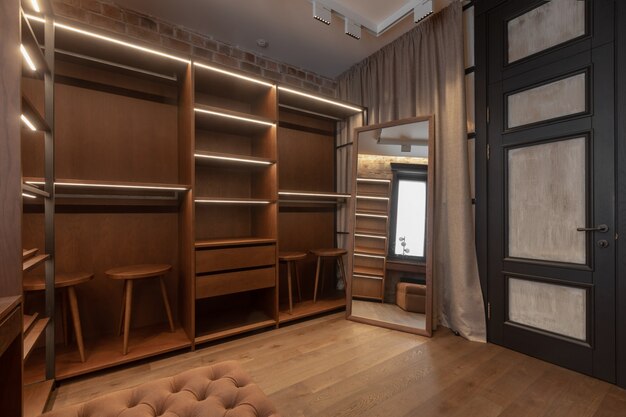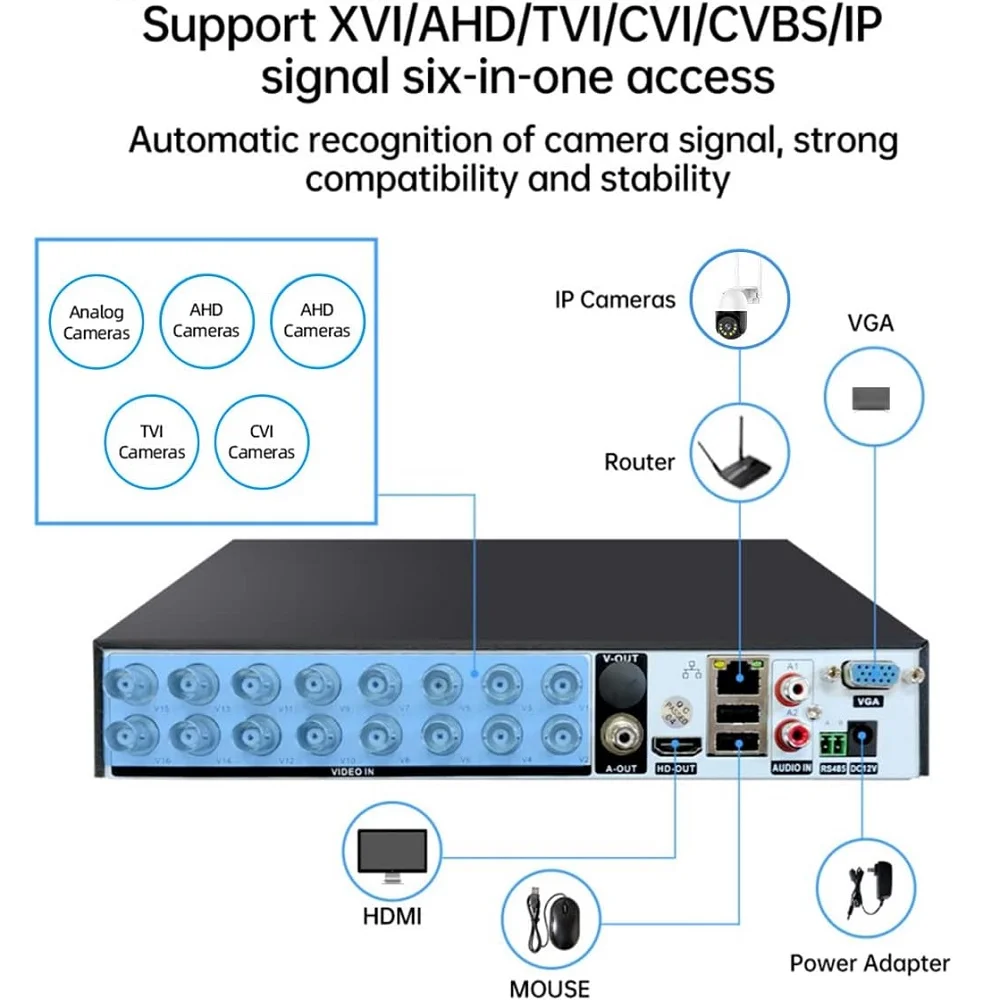A walk-in closet is a highly desirable feature in modern homes, offering ample storage space and the luxury of organizing clothing and accessories in a dedicated area. Designing a walk-in closet involves careful consideration of dimensions, layout, and functionality to create an efficient and aesthetically pleasing space. This article provides a comprehensive guide to walk-in closet dimensions and layout, helping you create the perfect wardrobe haven.
Understanding Walk-in Closet Dimensions
The dimensions of a walk-in closet can vary widely depending on the available space, intended use, and personal preferences. However, there are some standard guidelines and recommended sizes to ensure functionality and comfort.
- Minimum Dimensions
The minimum dimensions for a walk-in closet should accommodate enough space for storage and movement. A small walk-in closet can be as compact as 4 feet by 4 feet (1.2 meters by 1.2 meters). This size allows for a single hanging rod and some shelving, providing basic storage needs for one person.
- Standard Dimensions
A more standard size for a walk-in closet is 6 feet by 6 feet (1.8 meters by 1.8 meters). This dimension offers more space for hanging rods on two or three walls, along with shelving and drawers. It is suitable for a couple or an individual with an extensive wardrobe.
- Luxury Dimensions
For a more luxurious and spacious walk-in closet, dimensions of 10 feet by 10 feet (3 meters by 3 meters) or larger are ideal. This size provides ample room for a central island, seating area, and extensive storage options, including multiple hanging rods, shelves, and drawers.
Key Elements of Walk-in Closet Layout
The layout of a walk-in closet is crucial for maximizing storage and ensuring easy access to clothing and accessories. Key elements to consider in the layout include:
- Hanging Space
Hanging space is essential for storing dresses, suits, jackets, and other clothing items that need to be hung to prevent wrinkles. Consider incorporating:
- Single Hanging Rods: For long garments like dresses and coats.
- Double Hanging Rods: For shorter items like shirts and pants, allowing for more efficient use of vertical space.
- Shelving
Shelves provide versatile storage for folded clothes, shoes, bags, and accessories. Adjustable shelves offer flexibility to accommodate items of varying sizes. Consider including:
- Open Shelves: For easy access and visibility.
- Enclosed Shelves: For a cleaner look and to protect items from dust.
- Drawers
Drawers are ideal for storing smaller items like underwear, socks, and accessories. Incorporate:
- Shallow Drawers: For smaller items.
- Deep Drawers: For bulkier items like sweaters and jeans.
- Shoe Storage
Dedicated shoe storage keeps footwear organized and easily accessible. Options include:
- Shoe Racks: For storing multiple pairs in a compact space.
- Cubbies: Individual compartments for each pair of shoes.
- Shoe Shelves: Adjustable shelves to accommodate different types of footwear.
- Accessory Storage
Incorporate specialized storage for accessories like belts, ties, jewellery, and scarves. Consider:
- Hooks and Racks: For belts, ties, and scarves.
- Jewellery Trays: Drawer inserts with compartments for jewellery.
- Central Island or Seating Area
In larger walk-in closets, a central island or seating area adds functionality and luxury. An island can provide additional storage with drawers and shelves, while a seating area offers a place to sit while dressing or putting on shoes.
Tips for Optimizing Walk-in Closet Layout
Creating an efficient and visually appealing walk-in closet involves thoughtful planning and organization. Here are some tips to optimize your closet layout:
- Maximize Vertical Space
Use the full height of your closet by incorporating tall shelves and double hanging rods. This maximizes storage capacity and keeps items within easy reach.
- Zone Organization
Divide your closet into zones based on clothing categories (e.g., shirts, pants, shoes) and usage frequency. This makes it easier to locate items and maintain organization.
- Lighting
Proper lighting is essential in a walk-in closet to ensure visibility and highlight your wardrobe. Consider:
- Overhead Lighting: General illumination for the entire closet.
- Task Lighting: Focused lighting for specific areas like shelves and drawers.
- Accent Lighting: LED strips or spotlights to enhance visibility and add a touch of elegance.
- Mirrors
Incorporate mirrors to create a sense of space and provide a place to check your outfit. A full-length mirror is ideal, and mirrored closet doors can also serve a dual purpose.
- Personal Touches
Add personal touches to make your walk-in closet a pleasant space. This can include decorative elements like artwork, plants, and stylish storage boxes or baskets.
Conclusion
Designing a walk-in closet involves careful consideration of dimensions and layout to create a functional and aesthetically pleasing space. Whether you have a small area or a spacious room, following these guidelines and tips will help you maximize storage, enhance organization, and enjoy a luxurious walk-in closet that meets your needs. With the right planning and design, your walk-in closet can become a cherished feature of your home, providing convenience and style in your daily routine.





Be First to Comment